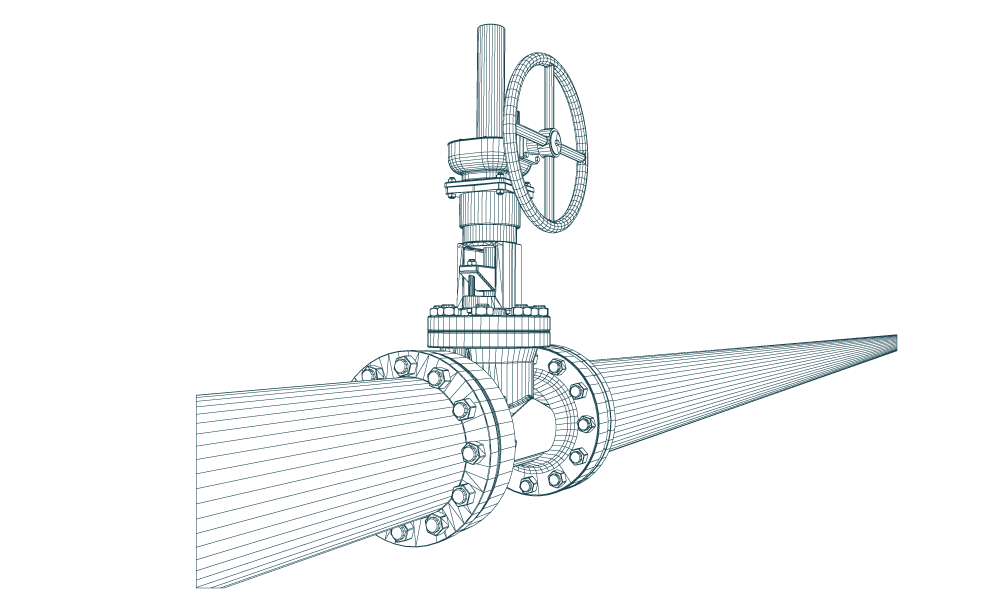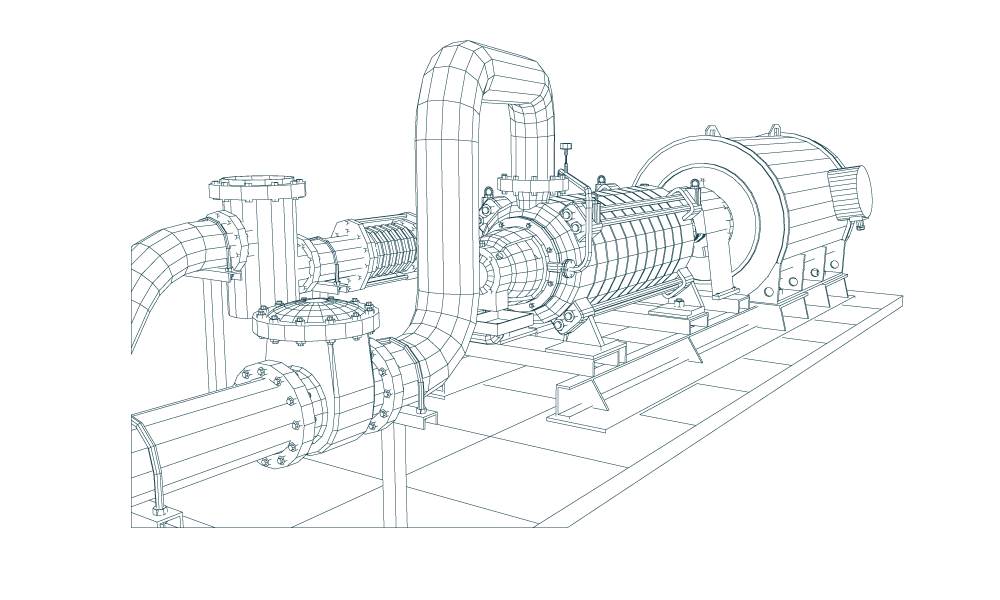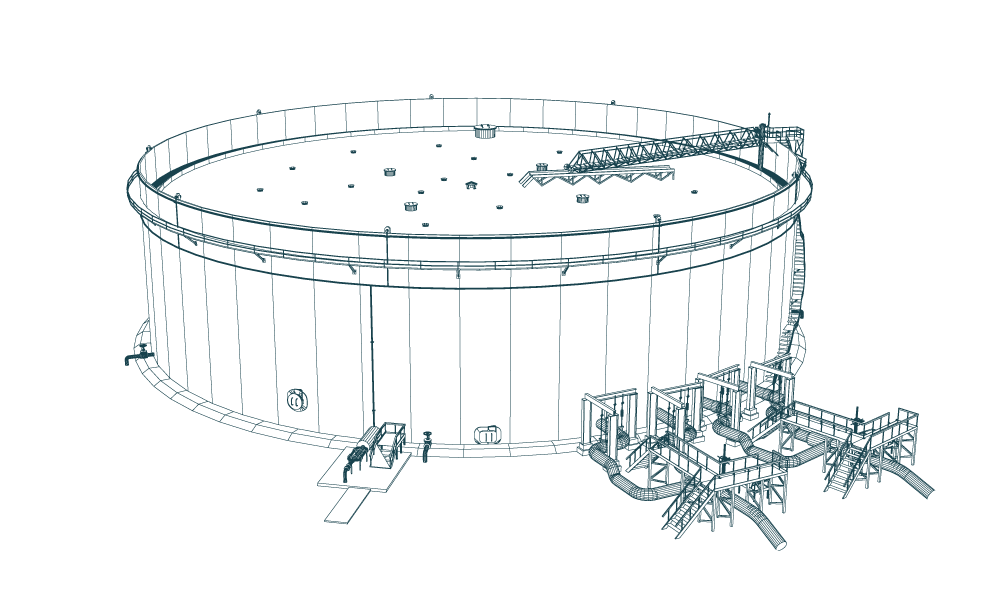PCS® Insights
Sharing Industry Knowledge, Lessons-Learned and Published Presentations
Changes to the Keys of Technology Innovation

The Oil & Gas industry (O & G) has gone through a great period of innovations: hydraulic fracturing, horizontal-directional drilling (HDD), 3D/4D seismic monitoring just to name a few. Despite these innovations, O & G tends to lag in adopting technologies that have greatly improved the bottom line of other industries. Traditionally, progress has been driven by economics and solutions are developed inside the industry. In a data-driven world, market pressures and a new generation of workers are causing an industry shift towards leveraging software to make processes more efficient and perhaps establish competitive advantages. As this shift occurs, we need to understand and appreciate the state of digital innovation’s challenges and opportunities as experienced by another industry.
Learning from Silicon Valley
Over the last half a century, Silicon Valley has grown into the leading technology and innovation hub for the United States and the world. Silicon Valley innovations have made businesses more efficient and has transformed entire industries (bookstores, video rentals, newspapers, etc.). Improved technologies quickly set new standards and make others obsolete.
Wave after wave of technological advances (hardware, software, biotech and cleantech products) have emerged from what has become “ground zero” of entrepreneurial and startup culture with an ongoing history of innovations:
- The launch of government-funded military research at Stanford University during the Cold War
- A Bell Labs researcher deciding to start his silicon semiconductor company down the street from Stanford in the 1950’s
- The wave of semiconductor startups in the 1960s/70s (inspiring the name SIlicon Valley)
- The emergence of venture capital as a professional industry
- The personal computer revolution in 1980s
- The rise of the Internet in the 1990s
- The wave of internet commerce applications in the first decade of the 21st century
The pattern for the Valley seemed to be clear. Just when you thought the wave had run its course into stasis, a sudden shift and radical change into a new family of technology emerged. Real innovation is always outdoing itself.
Old Constraints on Innovation
While startups continued to innovate in each new wave of technology, the rate of innovation was constrained by limitations we can only now understand:
- long technology development cycles (how long it takes from idea to product),
- the high cost of getting to first customers (how many dollars to build the product), and
- the slow adoption rate of new technologies by the government and large companies (relative to the increasing rates of innovation)

Changing the Keys to Technology Innovation
What’s happening is more profound than a change in technology: all the traditional limits to innovation are being systematically removed.
- In the past, the time to build a first product release (early stage of the technology development cycle) was measured in months or even years as startups executed the founder’s vision of what customers wanted. This meant building every possible feature the founding team envisioned into a monolithic “release” of the product. Yet time after time, after the product shipped, startups would find that customers didn’t use or want most of the features. The founders were simply wrong about their assumptions about customer needs. The effort that went into making all those unused features was wasted. Today, startups have begun to build products differently. Instead of building the maximum number of features, they look to deliver a minimum feature set in the shortest period of time. This lets them deliver a first version of the product to customers in a fraction of the time. For products that are simply digital “bits” delivered over the web, a first product can be shipped in weeks rather than years.
- Startups traditionally required millions of dollars of funding just to get their first product to customers. A company developing software would have to buy computers and license software from other companies and hire the staff to run and maintain it. A hardware startup had to spend money building prototypes and equipping a factory to manufacture the product. Today open source software has slashed the cost of software development from millions of dollars to thousands. For consumer hardware, no startup has to build their own factory as the costs are absorbed by offshore manufacturers. The cost of getting the first product out the door for an Internet commerce startup has dropped tremendously in the last decade.
- As the Cold War escalated in the 1950s and ‘60s U.S. Defense and Intelligence organizations drove the pace of innovation in Silicon Valley by providing research and development dollars to universities, and purchased weapons systems that used the valley’s first microwave and semiconductor components. In the 1970’s, 80’s and 90’s, momentum shifted to the enterprise as large businesses supported innovation in PC’s, communications hardware and enterprise software. Government and the enterprise are now followers rather than leaders. Today, it’s the consumer – specifically consumer technology companies – that are the drivers of innovation. When the product and channel are bits, adoption by 10’s and 100’s of millions users can happen in years versus decades.
Hopefully, we can appreciate that these changes to the innovation game, and recognize why certain technologies made it and others did not.
In 2016, fast technology development cycles, quickly and cheaply acquiring customers, and user adoption are keys to success. We have hit a point where all three of these factors are easier to achieve than ever before, making it a better time than ever to engage in technological innovation. Hopefully O & G will embrace the opportunities afforded by building and adopting proven digital technologies.

Article Details
Author: Justin Nguyen
Solutions Manager
PCS® Houston
More Information
Contact Us
We would appreciate any opportunity to assist you, and to connect you with the right person at PCS ® to address your needs and answer any questions.
Request Info Call Us 1-800-643-8306


